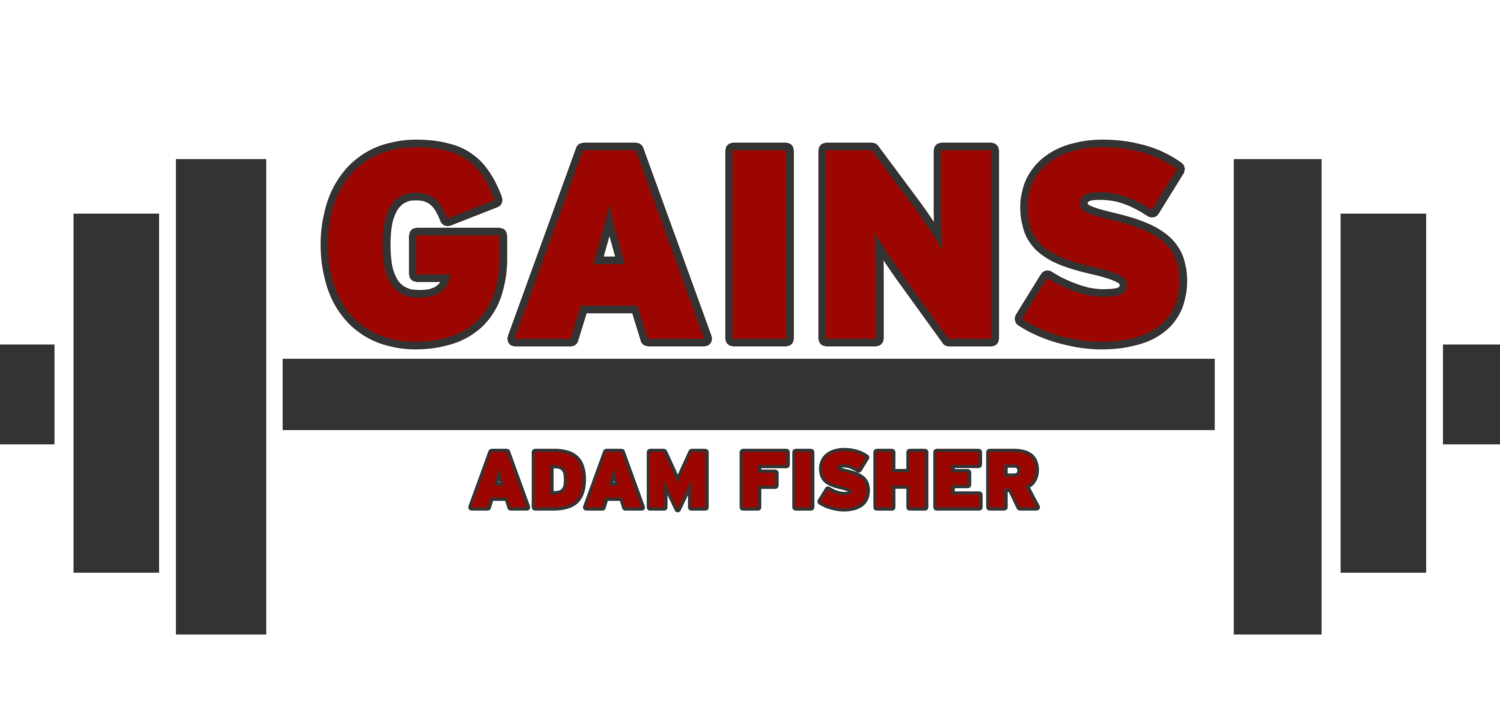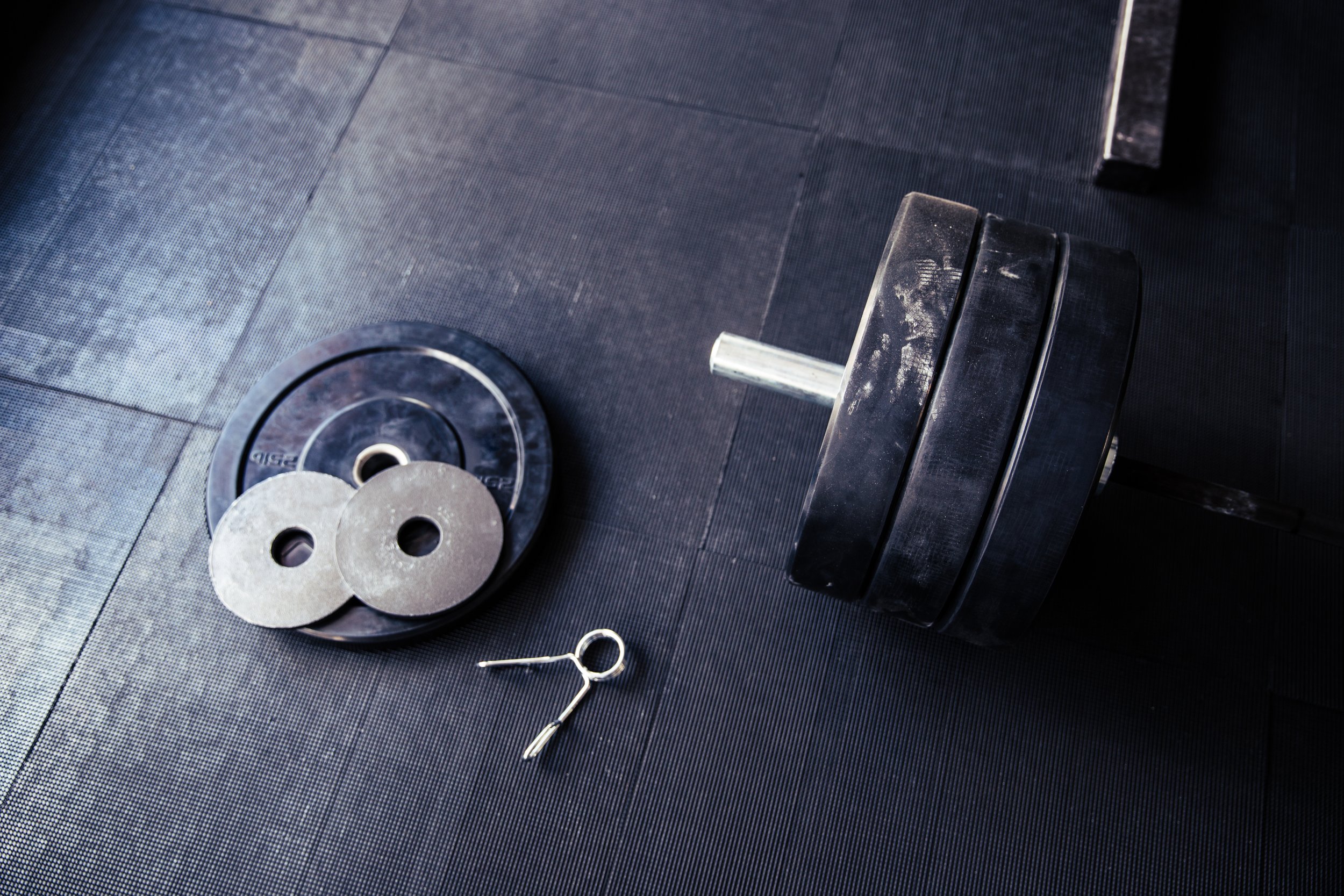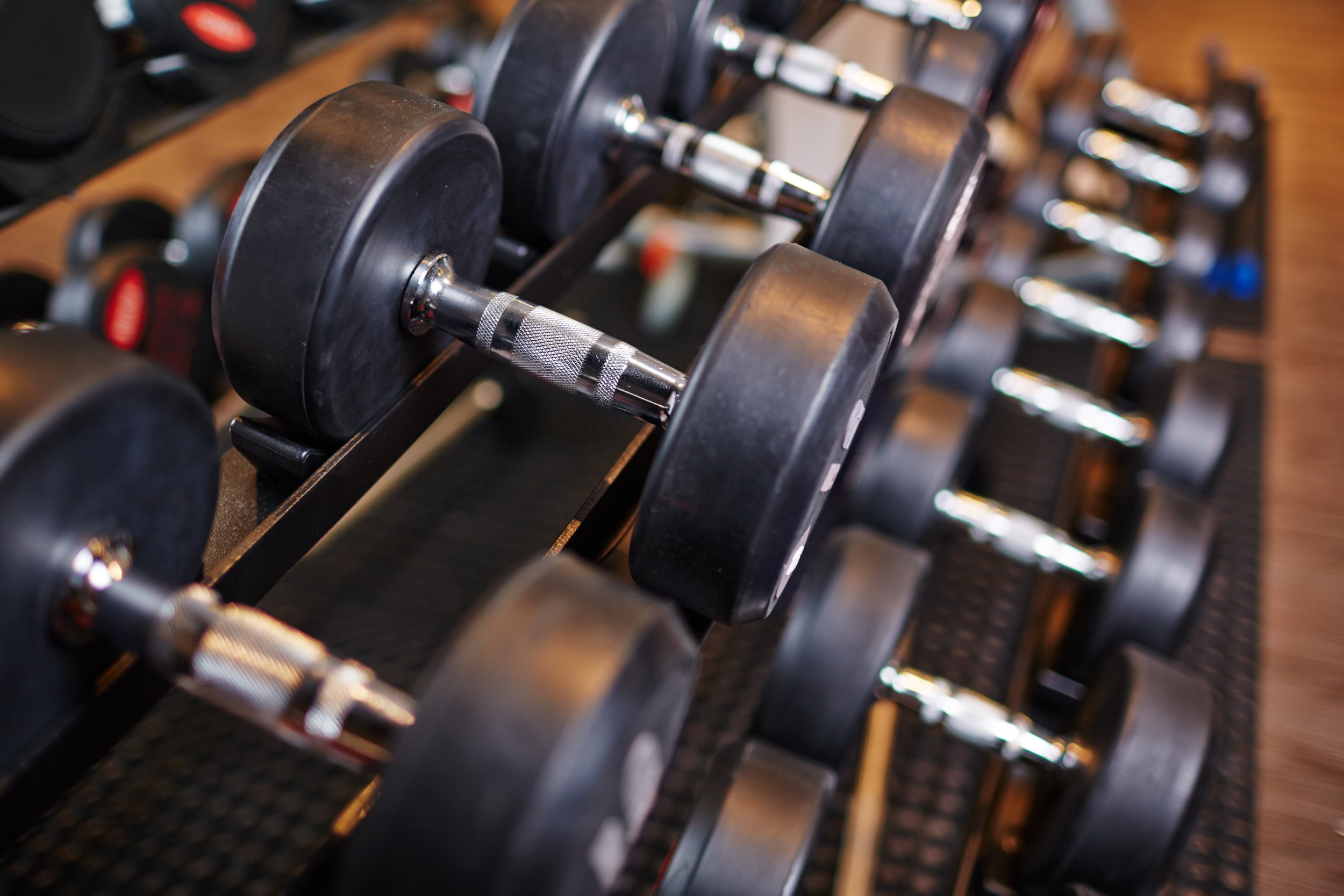Understanding Macro-Based Diets Part 1: Macros, Maintenance, Health & Fitness
Takeaway Points:
IIFYM (If It Fits Your Macros) and CICO (Calories In, Calories Out) has become increasingly popular as a way to help guide diets, not just for weight loss, but in general health. Macros refer to carbs, fats, and proteins - the three nutrients a body needs to survive.
Tracking macros can help figure out what kinds foods and ratio of foods work best for individuals, whether they are trying to lose or gain weight, or just want to eat more balanced. For people with specific goals like muscle building, being able to know that they are hitting their higher protein goals is key.
Your caloric and macro needs will change as your body does, so make sure to keep them updated!
In the past, the primary way that most people think of diet, was through the lens of “clean eating.”
Clean eating holds that certain foods are universally good or desirable while others are undesirable, and achieving your fitness goals is usually a matter of what food types you’re eating. Most mainstream diets fall into this category, including vegetarianism, veganism, paleo, and so on. Yet, it should be clear from the way that everyone defines clean eating differently, that there’s no real common ground - if one person gets healthy eating nothing but meat and another from eating nothing but plants, then it might be hard to understand how both can be healthy.
More recently, IIFYM (if it fits your macros) or “flexible” style dieting has become more popular. This style is also known as CICO (calories in, calories out) after the scientific model that describes the relationship between weight gain/loss/maintenance and your calorie intake. For IIFYM/CICO/flexible diets, it’s not about eating specific foods, but instead about eating the right overall total number of calories, and the right proportions of the macronutrients of fats, proteins, and carbs.
This model/style is far more useful for understanding diet, because research has confirmed over and over that the macronutrients are aptly named - they make up the majority of the impact our diet has on our bodies, and by extension, calories do as well.
The primary macronutrients are fats, carbohydrates, and proteins. They can often be found in varying amounts in our foods, and each contains a different calorie content: protein and carbs contain on average about 4 calories per gram, while more dense fat contains on average about 9 calories per gram. The body is capable of deriving calories from other nutrients (alcohol is one notable source) but usually in trace amounts: the macronutrients are usually responsible for supplying the vast majority of the calories in our diets, and have the biggest effects in terms of defining our health.
Manipulating macronutrients is useful depending on your activity goals, and different goals dictate different macronutrient setups. Usually, a balanced diet is one that contains roughly equal calorie contributions from all three major macronutrients, a third each. However, the proportions need to be modified based on what you need from your diet.
General Health and Wellness
When it comes to general health and wellness, you don’t need to worry about optimizing your diet for physical performance. Thus, macronutrient makeup is relatively simple: you can eat pretty much whatever you want, provided that you’re eating only an adequate amount of calories for your energy needs. Overshoot those and you’ll gain weight. Undershoot them and you’ll lose it.
However, it’s also usually best to ensure that you’re consuming adequate protein. The average diet is high in processed foods which contain a lot of sugar and fats, but not much protein or fibrous foods. Thus, eating more protein or fibrous foods (fruits and veggies) is usually helpful.
When it comes to protein intake, roughly 0.82g/lb of bodyweight per day is necessary to maximize muscle protein synthesis for the average person. However, some serious lifters may want to go even higher (as high as 1-1.2g/lb/day) to ensure that they optimize their results, while those who struggle with this intake may want to aim for something a bit lower, around 0.5-0.8g/lb/day.
Even if you’re not a serious exerciser, this is helpful since it helps maximize the benefits of your workouts and build and maintain as much muscle as possible. More muscle is virtually always a good thing, all other variables being equal.
This amount is high for the average person - it amounts to usually around a third of your daily caloric intake from protein so it’s probably pretty tough to meet that amount. In fact, since there’s no need for you to maximize muscle built/maintained, there’s no strict need to hit that target either - which means that I just recommend aiming for it as a general guideline. If you can hit it, awesome! If not, no big deal. I recommend at least 0.5g/lb of bodyweight per day, but of course 0.82 (I usually round down to 0.8 for convenience’s sake) is ideal.
Aside from that, it’s not so important what you do with the rest of your calories. You can split them up however you want, so long as you’re hitting a rough estimate of your calorie targets. However, for simplicity’s sake, and again because it just tends to be ideal, I usually aim for half and half.
Setting Your Macro Plan
So how do you apply this information?
First of all, you would need to start logging your macros in some kind of logging app. There are plenty of options around nowadays, some of which do a lot of the proces of recommending macros/calories for you. I personally recommend (and work with) MacroFactor, which will also set your macros for you, though it is a subscription-based app.
There are also plenty of other free options like MyFitnessPal, but this comes at the cost of much less usability, useful features being paywalled, and sometimes a very overall negative/offputting experience.
To get a rough estimate of your calorie needs you can estimate using an online calculator like this one.
From there, you can assign yourself protein targets based on your current bodyweight and the rules I’ve shared above:
0.5-0.8g/lb/day for casual exercisers who are just looking for health and don’t want to eat a ton of protein
0.8-1g/lb/day for serious exercisers who want to maximize their results
1-1.2g/lb/day for the large units who just really, REALLY want to ensure that they squeeze every last drop out of it
Once you’ve calculated your g/lb/day, you take that out of your total calories.
For example, I weigh about 200lbs, aim for about 1g/lb/day, and have a total daily caloric need of about 3000cal. This means that I eat about (200 x 1g/lb = 200g) of protein per day, while a less serious lifter might aim for about (200 x 0.5-0.8 = 100-160g) of protein per day, and a more serious lifter might aim for (200 x 1.2 = 240g) per day.
So for me, eating 200g of protein per day, this comes out to about (200 x 4cal/g = 800cal) per day from protein. I subtract this from my total of 3000cal/day, and now I have 2200cal/day leftover for fats and carbs. I don’t care too much about the fat/carb balance, so I just plan to eat roughly 1100cal/day of each. This means that I get about (1100 / 4 = 275g) of carbs and about (1100/9 = 122.2g) of fats.
You could choose to allocate a greater percentage of the remainder to either fats or carbs, depending on personal preference. Some people find that their bodies perform better with a bit more of one or the other, or that they tend to overeat on junk foods that are more carb heavy or fat heavy, so reducing the allocation for these macros may help to manage eating patterns as needed.
From here, congrats! You’ve figured out your macros. Now the hard part begins - logging your food daily, and aiming to hit those targets.
Don’t Forget The Little Leagues
When we talk about nutrients, there are two types: macronutrients and micronutrients. Macronutrients are the ones we’ve been talking about so far - carbs, fats, and protein - and they contribute the most to your diet because they’re the ones that provide energy. This is why they’re called macro (”big”) nutrients - they’re the most important!
But there’s a whole other class of nutrients called micro (”small”) nutrients. These are the vitamins and minerals, the nutrients that most people tend to think of when they think of the word “nutrient”. But amusingly, as you might be able to guess from their name, they’re typically a lot less important, for all the emphasis they get in the talk in health circles.
This is because the macronutrients are absolutely necessary for you to live - if you don’t get enough fats, proteins, and carbs, you die.
Micronutrients are less crucial, but if you don’t get them, you may experience malnutrition or health issues - so generally, it’s still a good idea to make sure that you’re hitting your micronutrient targets, even if they’re less immediately crucial to your health.
Among these, one important micronutrient is fiber. Fiber is a kind of carb, but one which is hard to digest by the body, and thus you get little or no caloric content from it after the calories required to digest it are spent. Fiber plays an important role in long term general and gut health, so is often considered something like the “fourth macro” for a lot of people. Fiber is primarily sourced from veggies, fruits, and legumes - the more the better!
Fine Tuning
As an important note, your caloric needs are not static, and will change from week to week. This will mean that as you exercise more or less, or gain or lose weight, your calorie needs will increase or decrease.
This is part of the reason I recommend MacroFactor above - it uses an algorithm to detect changes in your calorie needs over time, and automatically adjusts things for you based on your data.
It’s also possible to do it the old-school method; manually. With this method, you monitor changes in your weight from week to week, and react accordingly. If for example your weight is a bit down on average this week, then maybe you add 100-200cal the following week until you’re back to your desired weight. Or the reverse if you’re up a bit, and want to reduce your weight slightly. This method is a bit more primitive and will be a bit more trial-and-error/requires more effort, but it can work well if you don’t mind the effort.
Certainly, this method worked well enough in the decades before more modern tools for macro tracking became common.
Conclusion
These numbers won’t be perfect, and chances are that you can’t hit them perfectly either. But they’re a good place to start, and you can modify them a bit if you need to. If you’re not huge into macro tracking, they may not be very helpful for you, in which case it’s best to focus on tracking and food journalling and get those down to a skill first. As a general health and wellness exerciser, you don’t have any huge dietary demands, so it’s better not to stress yourself out too much about it, or worry too much about precise numbers. But learning how to pay attention to your macros and track/adjust them over time, is one of the most powerful skills you can develop for managing your health and fitness via diet.
About Adam Fisher
Adam is an experienced fitness coach and blogger who's been blogging and coaching since 2012, and lifting since 2006. He's written for numerous major health publications, including Personal Trainer Development Center, T-Nation, Bodybuilding.com, Fitocracy, and Juggernaut Training Systems.
During that time he has coached thousands of individuals of all levels of fitness, including competitive powerlifters and older exercisers regaining the strength to walk up a flight of stairs. His own training revolves around bodybuilding and powerlifting, in which he’s competed.
Adam writes about fitness, health, science, philosophy, personal finance, self-improvement, productivity, the good life, and everything else that interests him. When he's not writing or lifting, he's usually hanging out with his cats or feeding his video game addiction.
Follow Adam on Facebook or Twitter, or subscribe to our mailing list, if you liked this post and want to say hello!
Enjoy this post? Share the gains!
Ready to be your best self? Check out the Better book series, or download the sample chapters by signing up for our mailing list. Signing up for the mailing list also gets you two free exercise programs: GAINS, a well-rounded program for beginners, and Deadlift Every Day, an elite program for maximizing your strength with high frequency deadlifting.
Interested in coaching to maximize your results? Inquire here.
Some of the links in this post may be affiliate links. For more info, check out my affiliate disclosure.







